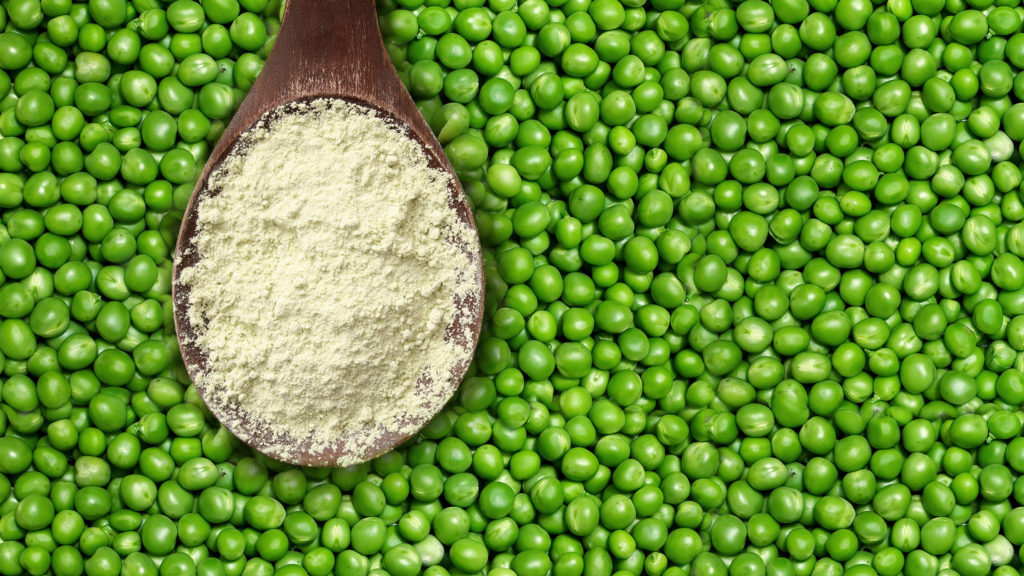
The global pea protein market size is anticipated to reach USD 385.7 million by 2027, according to a new report published by Grand View Research, Inc. It is projected to expand at a 7.6% CAGR during the forecast period. Rising consumption of gluten free foods for the treatment of a celiac disease is likely to boost the growth. Substantial prevalence of lactose intolerance among infants and children in developing economies including Central and South America, Asia Pacific, and Middle East and Africa is anticipated to further drive the growth.
Rising anxieties regarding non-celiac gluten sensitivity is anticipated to result in rising consumption of gluten-free food products, which is likely to positively impact the demand for pea protein. In addition, Gluten-free Diet (GFD) is gaining traction owing to low carbohydrate intake and weight loss stimulation. This factor is expected to propel the product demand over the forecast period.
Increasing significance of maintaining a gluten-free diet for the treatment of joint pain, innate immune response, and numbness is predicted to positively influence the market growth in the forthcoming years. Moreover, this diet is gaining global acceptance as an effective solution for curing symptoms of autism in children. Such factors are likely to drive the demand for pea protein in near future.
Pea protein is one of the most significant sources capturing a significant interest due to its ability to meet growing demand for proteins from non-meat sources. In the recent past, peas have played an important role in overcoming challenges related to protein-energy malnutrition in under-developed and developing countries. Pioneers in this market, have developed products that resembles what meat-based protein offers as well as delivering tastes that could aid them capture greater market share over the forecast period.
Pea protein is one of the highly preferred non-dairy substitutes, as it is characterized by good amino acid profile and is easily digestible. These attributes make the product favorable for use in various food and beverage products such as protein fortified health drinks and sports nutritional foods.
